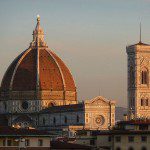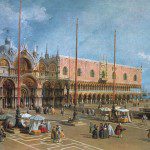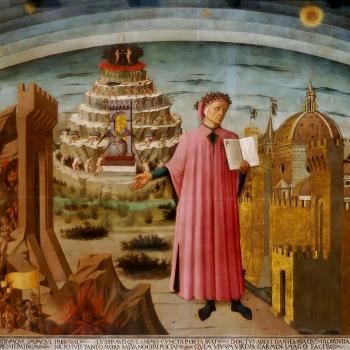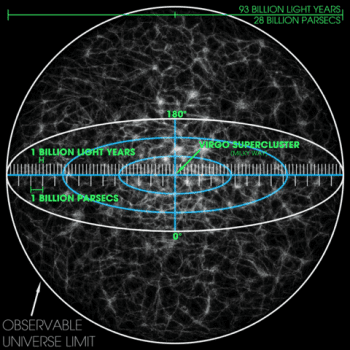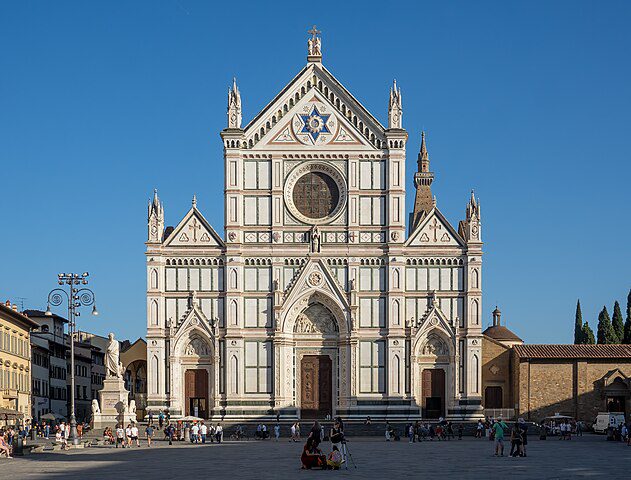
There are, I regret to say, a few sad souls out there who have sought to weaponize the relatively high rate of suicide in Utah against the Church of Jesus Christ of Latter-day Saints. If they deign to notice this article by Stephen Cranney, however, they will be sorely disappointed: “Does faith drive suicide in Utah? What the data says: It’s been surprisingly common to see this hypothetical correlation being promoted. But a closer examination of respected datasets simply doesn’t back up the religion-causes-suicide assertion.”
And here is another very loosely-related piece that you might find interesting: “The Consequences of Ideology-Driven Medicine for Transgender Teens: What do leaked WPATH files and the Cass Review reveal? Youth gender medicine practices are unethical and harmful.”
And, while this next item is completely unrelated, you just might enjoy it anyway. It tells a remarkable story that, so far as I can recall, I had not heard before: “Latter-day Saint Soldiers Who Fought in Korean War Compared to Book of Mormon Story in New Short Film: Inspirational video, produced by a former mission leader, features contributions from two senior Church leaders”
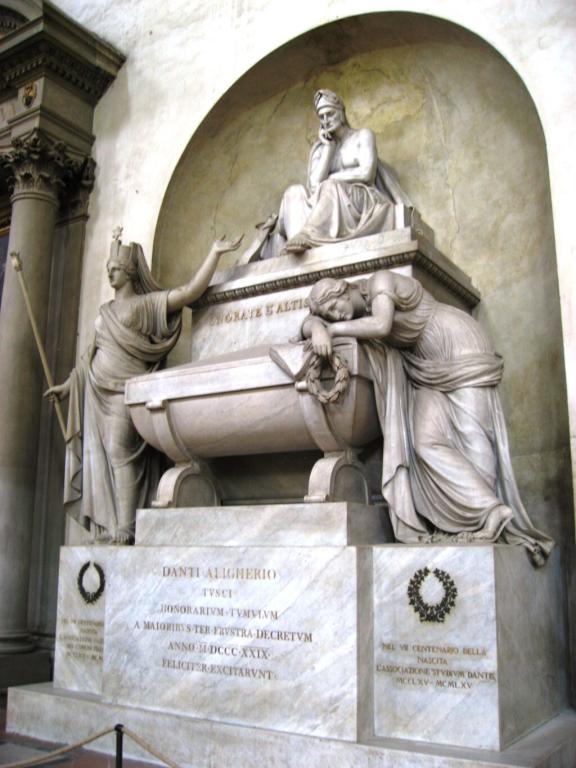
The members of our group went their separate ways today — until this evening, when we took the train from Florence via Bologna to Venice.
My wife and I devoted our day to two major Florentine churches. We spent several hours in the Basilica di Santa Croce, a very impressive Franciscan building — evidently the largest Franciscan church in the world — dating back, in some of its parts, roughly eight centuries.
I first stumbled across Santa Croce when I was seventeen. Our tour bus was parked nearby, and, although it wasn’t on the tour program, I wandered in. The first thing that I noticed, to the left upon entering, was the tomb of Galileo Galilei. This astonished me. But as I continued to walk into the church, I also saw the tombs of Michelangelo, Machiavelli, the philosopher Giovanni Gentile, the composer Gioachino Rossini, and, as I thought, the great Dante Alighieri. I was blown away. No wonder, as I’ve since learned, Santa Croce is sometimes called the Tempio dell’Itale Glorie (“the Temple of the Italian Glories”)
Even as a teenager, though, I was surprised and puzzled to see a grand tomb of Dante in Santa Croce; I had been under the impression that, having died in exile, he was buried outside of Florence. And, of course, that is true. In fact, we recently revisited his tomb in Ravenna. The “tomb” in Florence is a cenotaph. In other words, it’s a fake. The Florentines are so embarrassed and ashamed at having banished the greatest of Italian poets, the father of the Italian language — perhaps, indeed, with Shakespeare the greatest writer who ever lived — that they’ve built a phony tomb for him. And a larger-than-life statue of him stands outside the entrance to Santa Croce, as well.
There is a great deal of very fine art in Santa Croce and, today, I particularly enjoyed seeing at least two paintings of Christ’s descent into the world of spirits between his death and resurrection — something familiar to Latter-day Saints from President Joseph F. Smith’s magnificent Vision of the Redemption of the Dead, which was received in October 1918.
We also spent considerable time in the Basilica di Santa Maria Novella and the enormous Dominican complex attached to it. Unfortunately, Masaccio’s The Holy Trinity, which is located almost halfway along the left aisle and of which I included an image here on this blog two or three days ago, is under restoration and is largely covered up. The ‘cadaver tomb below carries the Italian epigram “I was once what you are, and what I am you will become.” So now we’ve tracked down yet another of Joseph Smith’s sources: Clearly, during the Grand Tour of Europe that he took as a young adult member of the American aristocracy, he visited Santa Maria Novella in Florence and made a note of that epigram, later repurposing it when he announced his new teaching about human deification.
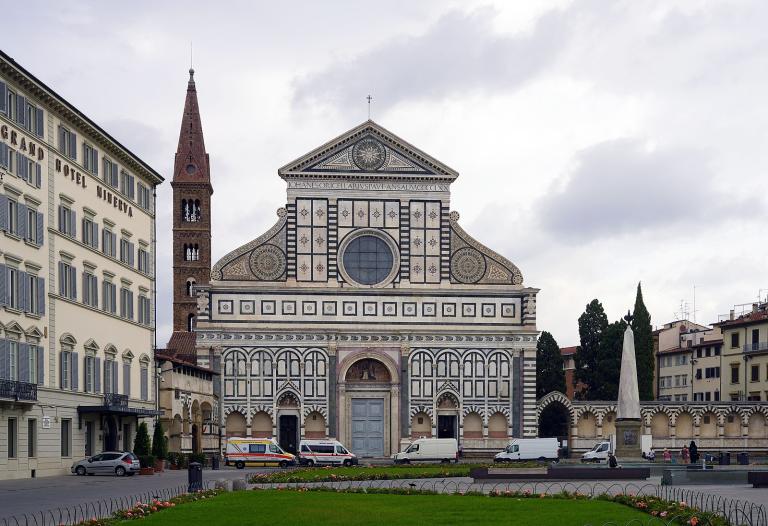
Unbelievably, after a seemingly interminable gap that — in one case — went on for several entire hours, new items have again appeared on the reputedly moribund web page of the Interpreter Foundation:
This week, we have lectures 45 through 47 from Hugh Nibley’s Book of Mormon classes at Brigham Young University, covering Alma 4-10.
During 1988, 1989, and 1990, Hugh Nibley taught Honors Book of Mormon classes for four semesters at Brigham Young University. The lectures were video-taped and audio cassettes and printed transcripts were made of the lectures. We believe these recordings will be interesting to listen to and valuable to your Come, Follow Me study program this year. Each week, we will include the lectures covering the Book of Mormon chapters being studied that week.
Conference Talks: An Early Christian Context for the Book of Moses (2021 Tracing Ancient Threads in the Book of Moses Conference), presented by David Calabro
David Calabro spoke at the 2021 Tracing Ancient Threads in the Book of Moses Conference on Saturday, 24 April 2021.
In an earlier study, I argued that the Book of Moses is a ritual text adapted to the architecture of the Temple of Solomon. This study further explores the ancient context of the Book of Moses. In contrast to my previous study, I argue that the Book of Moses was an early Christian text. Its language, literary genre, and references to its own production could fit with a date in the late first century AD. Further, I argue that a possible ritual context of the book was a baptismal ritual, as suggested by the detailed description of Adam’s baptism in Moses 6. A comparison between the content of the Book of Moses and early Christian sources on baptism shows some close resemblances, which may suggest that the Book of Moses was read aloud, and perhaps portrayed as a ritual drama, on sacred space during a baptismal ritual.

I’m tired, so it’s time to close. As I often like to do, I’m going to leave you with a tale of chilling horror from the Christopher Hitchens Memorial “How Religion Poisons Everything” File™: “Helping Premature Babies Survive in South Africa: “This is faith in action — and the most beautiful kind of example of faith in action that I can imagine,” Elder Christofferson says”
For background on the story above, see this: “Elder Christofferson Witnesses the Growth of the Church of Jesus Christ in Southern Africa: During his 10-day ministry in South Africa, Madagascar, Angola and Mozambique, Elder Christofferson spends time with thousands of Latter-day Saints”
Posted from Venice, Italy


